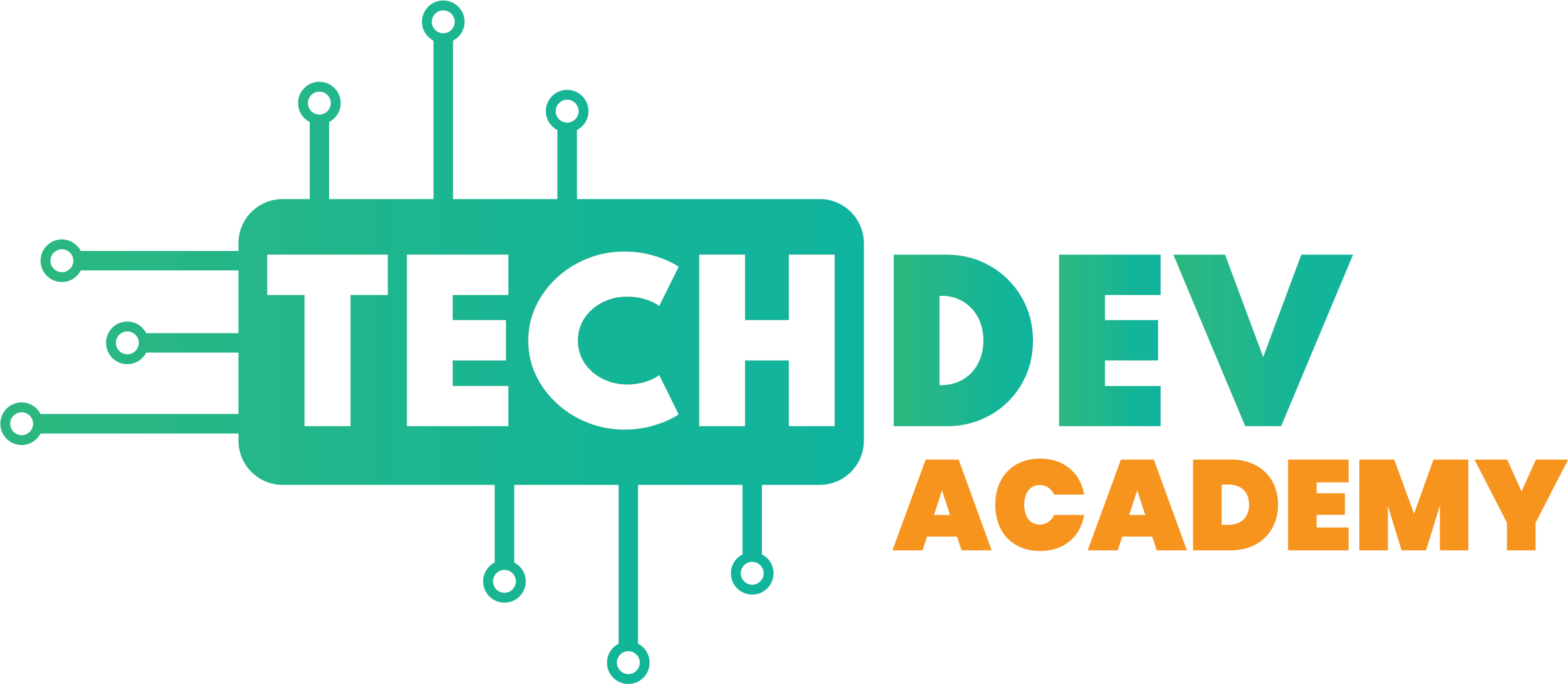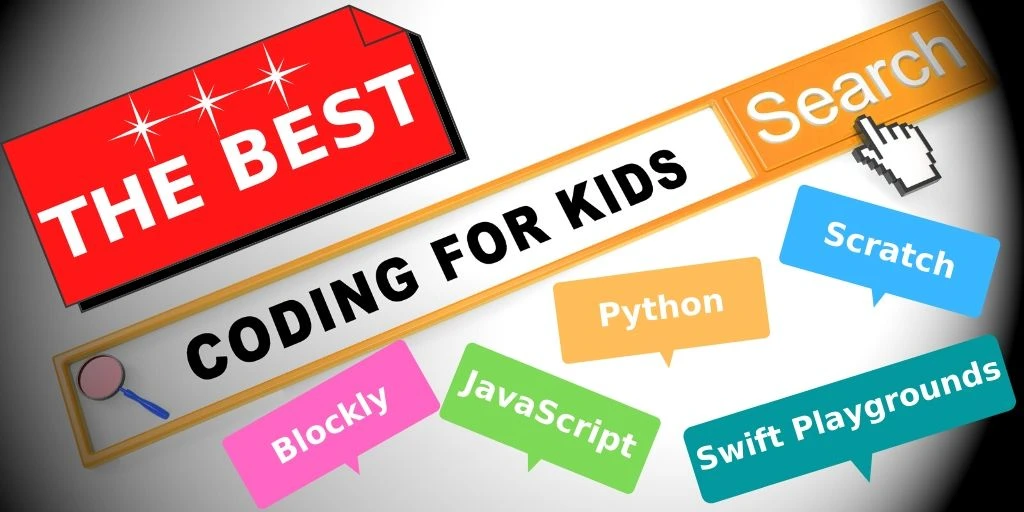With technology reshaping our lives constantly, obtaining a robust fundamental computer programming knowledge is no longer a pastime for kids. Instead, it has become somewhat a necessity for them not only to help develop a better career but also to strengthen abilities like critical thinking, problem-solving, creative thinking, etc. as well.
Fortunately, unlike the earlier times, fundamental coding has become quite simple to learn these days, and there’re lots of resources that you can use to introduce your kid to programming. In this post, we’re going to take a closer look at some simple yet extremely popular coding languages for kids. But before delving deeper, we think it’d be a good idea to have an overview of coding languages.
What Are Coding Languages?
We’ve already discussed in our earlier post that coding is all about instructing computers to perform tasks. Now, the question is how would you convey your instructions to a computer? And remember that computers don’t understand our language. Instead, what they understand is called the binary code. Therefore, now the question becomes how to bridge the gap in communication between humans, who understand natural languages and the machines that understand binary code? The answer is by using programming languages that resemble our languages but are more structured in nature. Similar to a large number of human-based languages in use, hundreds of coding languages are being used to communicate with computers. Coding languages are categorized by different factors like popularity, technicality, pedagogy, community, business use, etc. Some languages are mostly used for pedagogical purposes while some others are targeted at business use, and there’re languages written for teaching kids how to code.
Real Benefits of Coding for Kids
Even if you belong to the league of parents who’re well aware of the considerable career benefits of understanding how to code, we recommend reading this section that focuses on often overlooked yet crucial benefits.
- Starting a kid’s coding education earlier helps him/her to develop analytical and creative thinking, which, in turn, help him/her to master problem-solving skills.
- As logical thinking is a must for coding, learning how to code helps kids to learn how to use logic.
- Coding helps kids to learn algorithmic thinking. Computational concepts such as sequencing, conditional logic, repetition, etc. help them to learn how to break a problem in smaller parts and solve them step by step.
- Kids learn to anticipate and avoid problems. This is because, during coding, they learn to anticipate which errors might occur and how to avoid them to save the entire program from crashing.
In addition to the above, coding is a STEM discipline and STEM professionals tend to enjoy a pay advantage than non-STEM professionals having similar levels of education. It’s also projected that the number of STEM jobs’ will grow 13% compared to 9% for non-STEM jobs, between 2017 and 2027.
Top 5 Coding Languages for Kids
All the above benefits of coding for kids point to a serious question – should you wait for schools to offer coding education for kids? You always can, but if you belong to the league of concerned parents, your best bet would be to start teaching your kids coding right away. Here, we’ve handpicked five easy-to-learn yet most effective coding languages that you can start teaching your kids. We’ve also mentioned the appropriate ages of kids to learn them.
1. Scratch
Developed by MIT, Scratch comes with a building-block visual experience that creates a scaffolded experience for both kids and parents. This free language is packed with features like curriculum instructions for parents, getting-started tutorials, etc. together with a robust community.
Ideal age: 8-16
2. Blockly
This visual block programming language is made out of many pre-existing programming languages. It can output code in many different languages including JavaScript, PHP, Python, Dart, etc. which makes it a visual editor instead of only a programming language for kids. It may not be as popular as Scratch, but it offers a solid programming environment that makes it possible for everybody to learn how to code.
Ideal age: 10+
3. Swift Playgrounds
Designed to help kids learn how to program in the Swift language, this free language would be ideal if you want the kids to get introduced to the iOS app development. Though it does not come with the interlocking block interface, the presence of a guided tour and easy tutorials would make the learning process simple and fun.
Ideal age: 10+
4. Python
As one of the easiest programming languages to learn, Python would be ideal for kids who’ve got some experience in using Scratch. It’s also closest to the English language and therefore not intimidating at all. Python comes with several common functionalities, which are needed by programmers, already built-in and hence, it becomes much easier to work with.
Ideal age: 8+
5. JavaScript
As almost everything these days runs on JavaScript, it would be a great choice for kids to learn how to code. If your kid already has some experience in coding with Scratch or Python and is ready for text-based coding, we suggest exposing him/her to this programming language.
Ideal age: 10+
Wrapping Up
While these programming languages would help you start teaching your kids how to code, it’s important to remember that our ultimate goal is to let the learners explore basic programming concepts. The language might become obsolete after a few years or the kids might never choose to use it. But such training should help the kids learn how computers solve problems, obtain critical thinking skills, and to make the maximum fun out of coding.
[1] https://www.pewresearch.org/fact-tank/2018/01/09/7-facts-about-the-stem-workforce/

